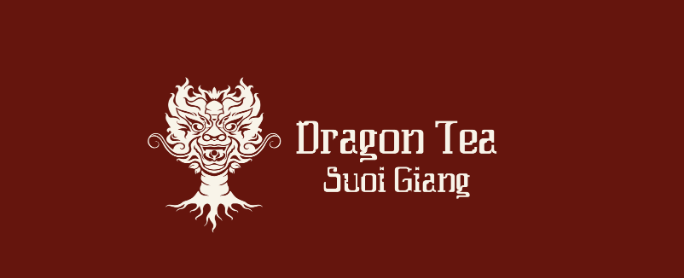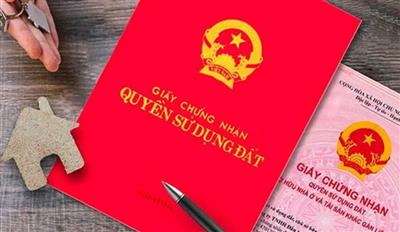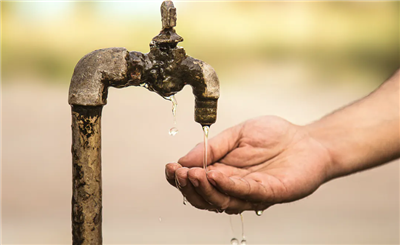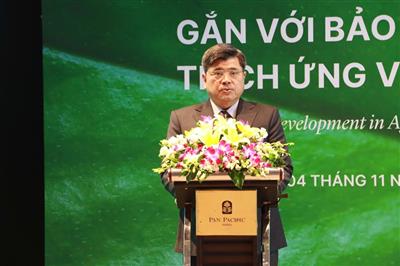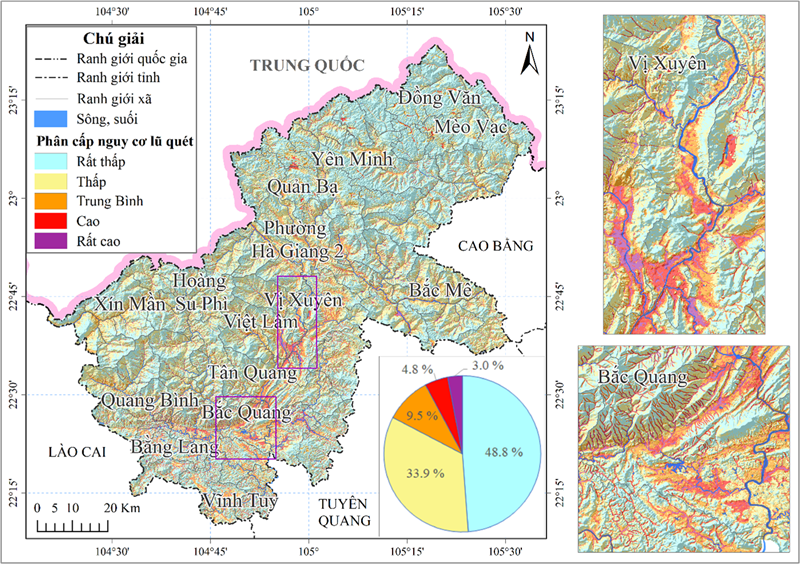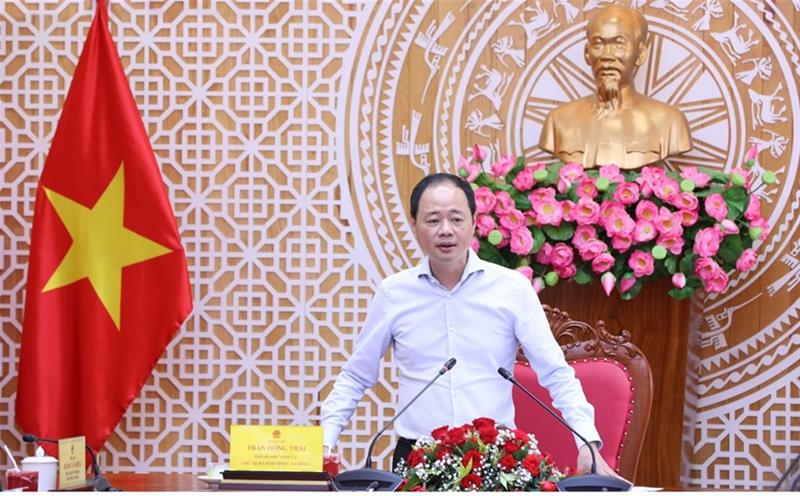
Part 2: Alternate wetting and drying (AWD) - A key pathway to low-emission rice production in Vietnam
10/11/2025TN&MTTraditional flooded rice cultivation in Vietnam ensures stable yields but consumes tens of billions of cubic meters of water and emits tens of millions of tons of methane (CH₄) annually. As Vietnam commits to achieving net-zero emissions by 2050, the research and application of the Alternate Wetting and Drying (AWD) irrigation technique have opened a new pathway, reducing irrigation water use by 20-50% and cutting greenhouse gas emissions by nearly half.
This article synthesizes experimental results, scientific foundations, and policy implications of AWD, a breakthrough solution for low-emission rice farming in Vietnam.
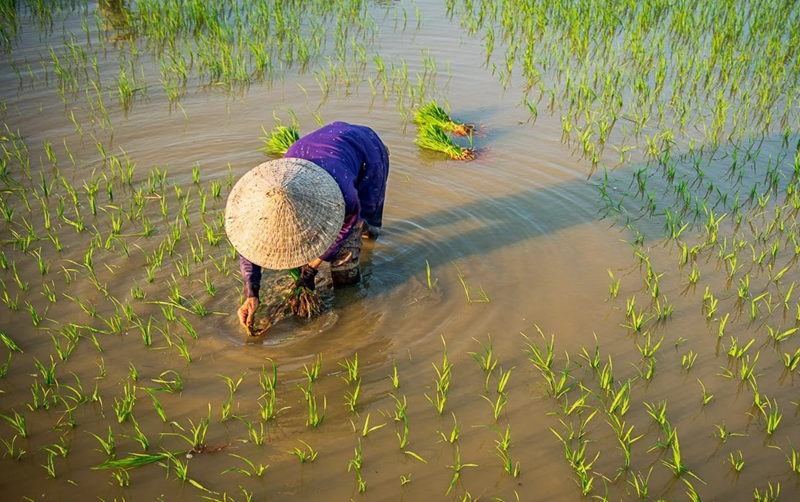
Out of the 93 billion cubic meters of water used annually in agriculture, reducing just 20% of irrigation water translates into saving tens of billions of cubic meters and cutting millions of tons of CO₂-equivalent emissions
Scientific and practical foundations of the AWD technique
Traditional rice cultivation in Vietnam has long been associated with continuously flooded paddy fields, where a surface water depth of 5–10 cm is maintained throughout the growing season. However, this approach consumes enormous volumes of irrigation water and creates anaerobic soil conditions that promote the decomposition of organic matter, resulting in the release of methane (CH₄), a greenhouse gas with a global warming potential 25 times greater than CO₂.
Research by the Vietnam Academy for Water Resources (VAWR) shows that conventional irrigation requires between 4,500 and 6,500 cubic meters of water per hectare per season, with substantial losses due to seepage, percolation, and evaporation in many regions. The average CH₄ emission in the Mekong Delta reaches 1.92 kilograms per hectare per day, which is 57% higher than the average level in Southeast Asia (1.22 kg/ha/day) and globally (1.19 kg/ha/day).
To mitigate these impacts, the Alternate Wetting and Drying (AWD) irrigation method has been piloted for over a decade. The principle of AWD is to allow the rice field to alternate between wet and dry conditions—re-irrigating only when the water level falls 10–15 cm below the soil surface—thus allowing the soil to “breathe” and reducing methane generation.
Field trials in the Mekong Delta have demonstrated impressive results: rice yield increased by 8.9%, harvest index by 4.4%, and grain maturity rate by 3.5%; irrigation water use decreased by 43% compared with continuous flooding; and the net income rose by approximately 8.54 trillion VND per year (equivalent to USD 371.36 million) relative to traditional irrigation.
These findings highlight the technical and socio-economic advantages of AWD, not only reducing production costs but also expanding environmental and social benefits, forming a strong scientific foundation for Vietnam’s green agricultural transition.
Research results and applications of AWD in major rice-growing regions
AWD is considered an integrated hydro-ecological measure that combines water regulation, agronomic management, and environmental protection. The research system in Vietnam has recorded consistent quantitative results on the effectiveness of AWD in reducing greenhouse gas (GHG) emissions, evidenced by multiple studies conducted over the past two decades.
Representative studies include:
- Mong Cuong Nguyen & Van Tinh Nguyen (2000): Periodic drainage during the late tillering stage and 15 days after heading reduced CH₄ emissions by about 10% (45.7 kg/ha/season) and increased yield by 3% compared with continuous flooding.
- Viet Anh Nguyen (2010): In the Red River Delta, the “shallow–intermittent–drying” irrigation regime reduced CH₄ emissions by 8.97–11.25%, saved about 12% of irrigation water, and increased yield by around 9% over conventional irrigation.
- Viet Anh Nguyen et al. (2012): Applying AWD on a 2-hectare pilot site in Dan Phuong (Hanoi) reduced CH₄ emissions by 19.09–31.06%, maintained stable yields, and decreased irrigation water by 17–32%.
- A 100-hectare trial in Binh Hoa (An Giang): AWD reduced CH₄ emissions by 19.57–31.56%, saved 20–25% of irrigation water, increased yield by 2.7%, and raised profit by 19.7–32% (approximately 3–5 million VND/ha) compared with continuous flooding.
- A notable milestone was the Vietnam–Japan joint research project (2015–2018) led by Assoc. Prof. Dr. Xuan Quang Le (Project Code: NĐT.06.JPN/2015). The project provided region-scale empirical evidence: applying AWD reduced total GHG emissions by 22–48.8% compared with continuous flooding. Combined CH₄ and N₂O emissions during the spring crop ranged from 2.16–3.98 tons CO₂e/ha, while summer–autumn crop emissions were higher at 13.4–15.8 tons CO₂e/ha.
Based on these findings, two scientific irrigation protocols for spring and summer–autumn rice in the Red River Delta were developed and granted Utility Solution Patent No. 2348 (May 27, 2020) by the Intellectual Property Office of Vietnam (Ministry of Science and Technology).
These protocols enable: (1) 40–50% savings in irrigation water (equivalent to 3.87 million m³ in the spring crop and 1.77 million m³ in the summer–autumn crop); (2) 25–48% reduction in GHG emissions, equal to approximately 5.037 million tons of CO₂ per year.
These results confirm that AWD not only provides technical and environmental benefits but also demonstrates economic and policy feasibility when standardized and applied at scale.
Toward standardization and institutionalization of AWD: Pathways for wider adoption
Since 2024, the research outcomes have been institutionalized in the National Standard TCVN 142.73:2024 – Greenhouse Gas Reduction: Water-Saving Irrigation Regime for Rice, authored by Assoc. Prof. Dr. Xuan Quang Le.
The standard specifies: Draining water 3–4 times during the growing period and reflooding when the water level falls 15 cm below the field surface; Reducing irrigation water use by at least 20% and CH₄ emissions by a minimum of 20%, while increasing production efficiency by 10%; Nationwide application, serving as a core technical standard for implementing the Project on One Million Hectares of High-Quality, Low-Emission Rice in the Mekong Delta (Decision No. 1490/QĐ-TTg, 2023).
In terms of technology integration, combining AWD with IoT/AI-based surface water management systems has expanded the potential for water savings and automation. A pilot model in Tam Da Commune (Bac Ninh Province) covering 5–10 hectares uses water-level sensors, automatic weather stations, and 4G remote control systems. The system achieved 20–50% water savings and over 10% yield improvement.
The system operates in real time: irrigation automatically stops when rainfall exceeds 0.1 mm, and resumes when the water level drops 10–12 cm below the surface. This integration elevates AWD into a new phase—Smart AWD, aligning with the goals of digital agriculture, the green economy, and circular water resource management.
To scale up the model, four groups of coordinated measures are needed: (1) Policy and incentive mechanisms: mainstream AWD adoption criteria and GHG reduction targets into rural development and agricultural carbon credit programs; (2) Training and technology transfer: empower farmers to master irrigation control, understand emission mechanisms, and apply water regulation effectively; (3) Investment in on-farm irrigation infrastructure: land consolidation, field leveling, and water loss prevention in canals; (4) Digitalization and data connectivity: establish an integrated national database on irrigation water, emissions, and crop efficiency.
The two parts of this study reveal a coherent logic chain: enhancing water use efficiency is the foundation, while Alternate Wetting and Drying (AWD) serves as the key solution for reducing greenhouse gas emissions in Vietnam’s rice production.
Out of the 93 billion cubic meters of water used annually in agriculture, reducing just 20% of irrigation water translates into saving tens of billions of cubic meters and cutting millions of tons of CO₂-equivalent emissions. Science has proven that when the soil “breathes,” rice grows stronger—bringing new value to the grain: the value of green, climate-friendly rice.
Vietnam is on the right track: from on-farm irrigation practices to the national standard TCVN 142.73:2024, from research to institutionalization, each step reflects the connection between science, policy, and practice. The path toward green agricultural transformation is becoming clearer, with models like AWD forming the cornerstone for Vietnamese rice to advance globally as a symbol of smart, low-emission, and sustainable agriculture.
Viet Anh
Source: Assoc. Prof. Dr. Le Xuan Quang and Dr. Pham Van Ban – Vietnam Academy for Water Resources, 2024; summarized and synthesized from scientific research discussions.

